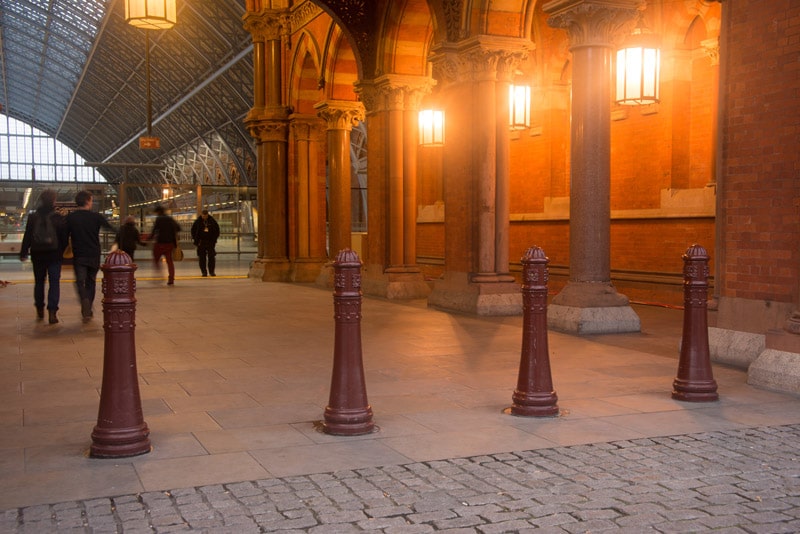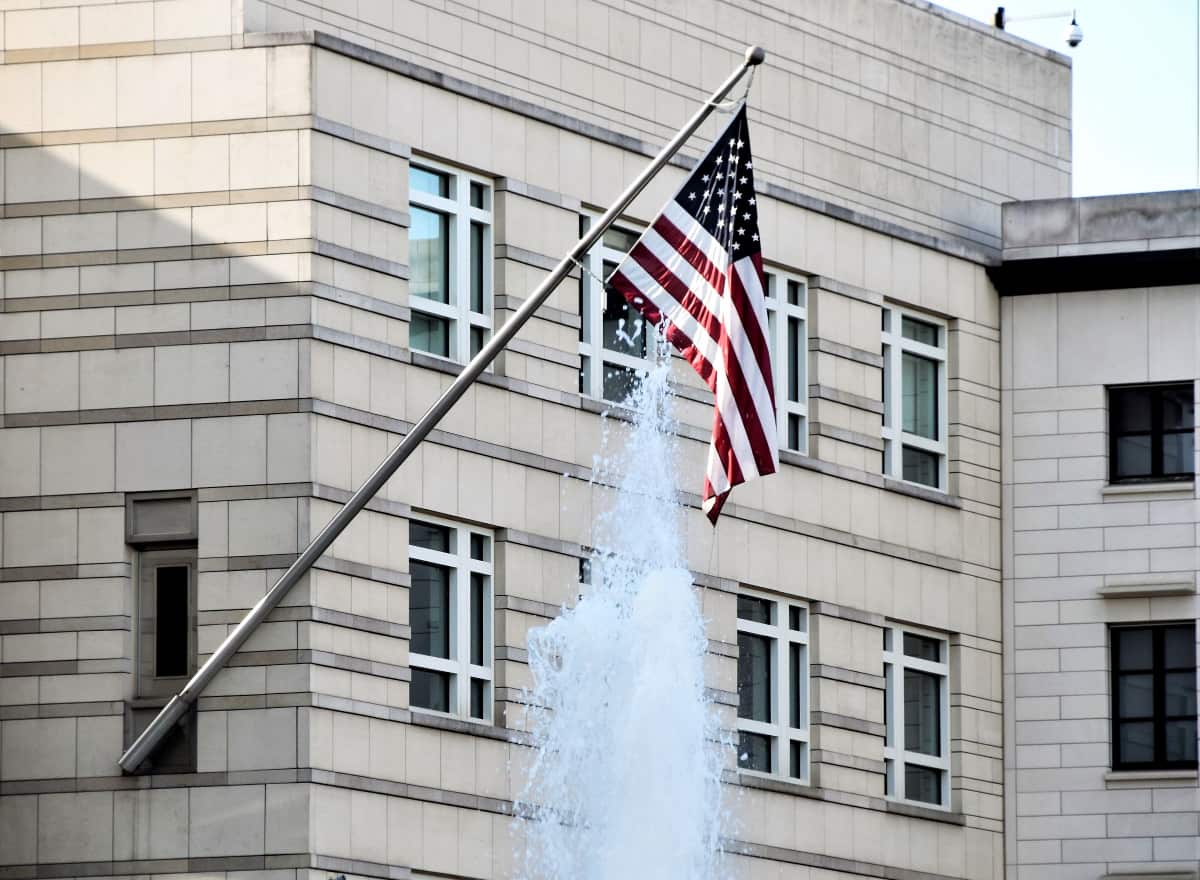There are many misconceptions about securing buildings. At Damasec Physical Protection Systems, we encounter these misconceptions daily. Therefore, we have listed the 5 biggest myths about physical security and buildings, while also focusing on the realities you should know.
Myth 1: There’s not much we can do to prevent attacks on buildings, receptions, or our staff. Attacks are random. If it happens, it happens.
Reality: While you can never eliminate the risk of a terrorist attack 100%, you can certainly reduce the risk and its effects on both buildings and personnel.
To dispel the myth, we’d like to introduce some key concepts in the security industry. Every security effort begins with a risk analysis as an integral part of the risk assessment process. A risk analysis involves the following steps:
Threat assessment:
A threat assessment should identify who and what can pose a threat to determine the level of threat.
Vulnerability Analysis:
Based on a threat assessment, a vulnerability analysis of weaknesses in a facility can indicate likely locations and methods for a potential terrorist attack.
Consequence Analysis:
This analysis describes the consequences of a terrorist attack on a facility in relation to the threat level and vulnerability.
Explosion Consequence Analysis, ECA:
Here, we provide scientific documentation of the potential risk to individuals and property from effects and fragments after an explosion.
Structural Vulnerbility Assessment, SVA:
Here, we draw on technical expertise to assess and predict the specific impact on structures.
A risk analysis provides a thorough understanding of what can go wrong. Based on this, we can choose the most optimal ways to prevent an attack and minimize their impact if they occur.
Myth 2: All you need to do to keep a building safe is to have thick walls, a high fence, and armed guards.
Reality: At Damasec Physical Protection Systems, we focus on physical security as a system and not just as a collection of separate elements. To get the most security for your budget, you need to think systematically.
When it comes to physical security, protection of a controlled area or building consists of three layers.
- Perimeter (e.g., bollards, road blockers, and fences)
- Shell (e.g., doors, windows, and wall reinforcement material)
- Cell (e.g., wall reinforcement material)
Physical protection likewise consists of protection that reduces vulnerability and improves survivability within a controlled area.
- Physical measures: Biometric and mechanical technology/systems (physical barriers), electronic (intrusion detection, video surveillance, and automated access control systems).
- Organizational measures: Planning, coordination, and implementation of communication and organizational procedures.
Changing one part of the security system can change the whole system.
For example: Increasing the distance between perimeter and shell makes the shell easier to protect against ground explosives, and you might achieve greater protection. Similarly, while it may be effective to have armed guards patrolling a perimeter, it is also expensive and not necessarily most suitable in a busy urban environment.
Balancing layers and physical and organizational measures is complex. Systematic planning enhances physical security. At the same time, a number of other important factors should be considered:
- Quality of life: Nobody wants to work in a dungeon, even if it’s safe. Aesthetics play an important role and must be weighed against other priorities.
- Building phases: The earlier you start planning, the easier it is to integrate intelligent, systematic solutions.
- Budget/resources: It’s about getting the ‘most bang for your buck.’ The better you are at systemic thinking and planning, the more effectively you can reduce risk – and thus save costs.
- The process is dynamic: Risk, threats, and vulnerabilities evolve over time. So should your physical planning.
Myth 3: You can’t make an old building safer.
Reality: There are many ways to improve security in existing buildings – even in historical buildings.
Although it may seem easier to install advanced protection systems in a greenfield project, many older buildings can also be made safer.
Often, the buildings we most want to protect have enormous historical or cultural value and still function as workplaces, even if they are hundreds of years old. Just think of iconic buildings like the White House in Washington D.C. or Westminster Palace in London.
Retrofitting existing buildings to make them more secure is not only possible, it is important and happens every day. Technology and design are being combined in capitals around the world to update the physical protection of historic government buildings as well as corporate and military facilities.

Myth 4: Making buildings more secure makes them look ugly and inaccessible.
Reality: It can, but it absolutely doesn’t have to.
There are many examples of physical protection that are unsightly. Just think of poorly designed perimeter protection that has popped up around buildings over the past 15-20 years. Windows that look like they belong in prisons, not government buildings. Lamps, cameras, and other fixtures that are installed but not designed for the beautiful historic buildings.
However, it doesn’t have to be that way. There are plenty of examples where form and function work well together.
One example could be concealed anti-terrorism measures in a lovely flower bed. Blast-resistant windows don’t have to look any different from regular windows.
Remember, the earlier you get security consultants, architects, and contractors on the same page, the easier it is to come up with optimal aesthetic solutions.
Myth 5: If physical protection of buildings is so important, all governments would require it.
Reality: Governments in many countries already require certain types of buildings to adhere to strict guidelines – and it’s only a matter of time before we see relevant legislation adopted in more countries.
In many countries, there are building codes for fire safety, energy efficiency, and earthquake protection. But what about legislation for physical protection against terrorism, crime, and sabotage?
Since 9/11, the USA has gathered standards for man-made hazards for federal buildings, but there are no such guidelines for buildings and installations in the private sector. The UK, with a history of terrorism dating back to the IRA troubles, has long had a tradition of protecting buildings and public places from terrorism.
In most other countries, including Scandinavia, the situation is uneven at best.
In Denmark, where we have well-developed building codes for virtually everything else, there is neither legislation nor tradition for protecting buildings from terrorist attacks.
The situation was the same in Norway until the Breivik incident. Since 2011, however, many public buildings in Oslo and elsewhere have been protected against bomb explosions. Windows have been retrofitted, and several reception areas have been rebuilt to protect employees from ballistic attacks and unwanted intrusions.
Perhaps it is our nature to react defensively when the unlikely HAS happened rather than proactively planning against it. However, we believe that in the future, we will see more governments, companies, and organizations questioning the physical protection of their employees, buildings, and infrastructure.


